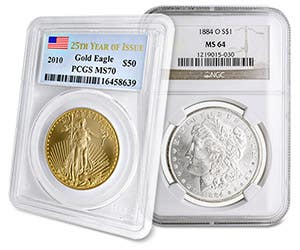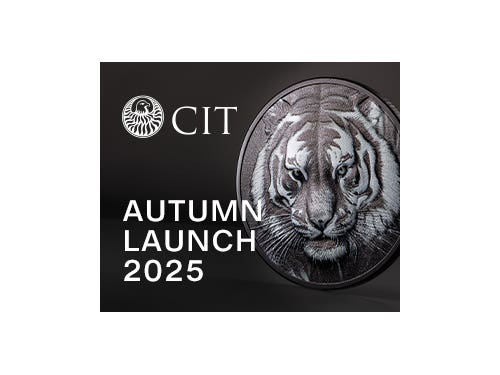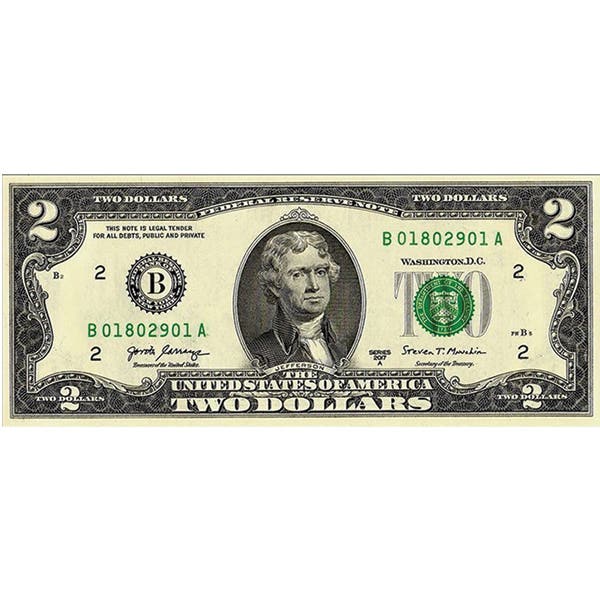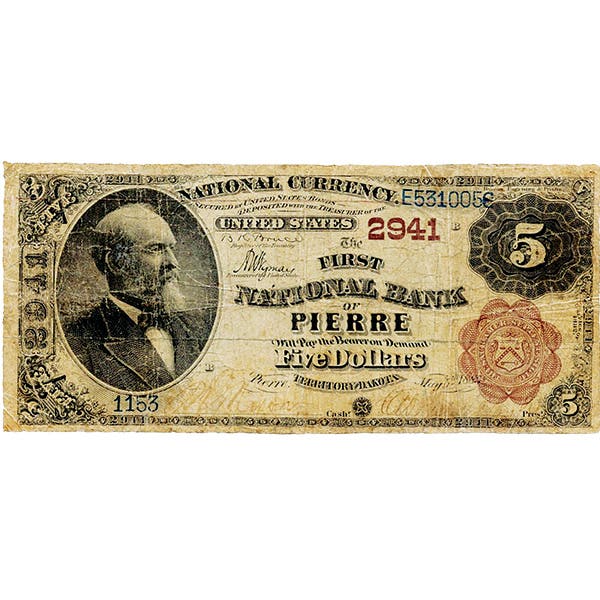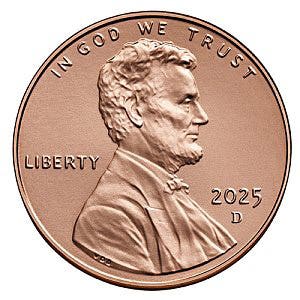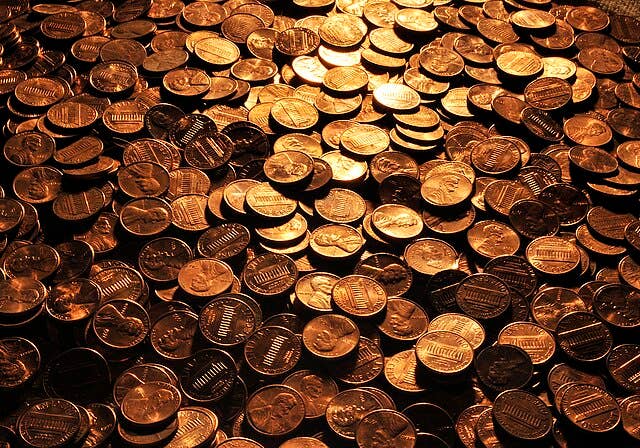Designer Names on Coins an Ancient Practice
■ It was mentioned that the Morgan dollar was the first coin named for someone. What about the Gobrecht dollar? That is a great observation. Christian Gobrecht was hired as…
■ It was mentioned that the Morgan dollar was the first coin named for someone. What about the Gobrecht dollar?
That is a great observation. Christian Gobrecht was hired as an engraver at the U.S. Mint following Mint Chief Engraver William Kneass suffering a stroke. Not only is the coin named for Gobrecht, but his name appears prominently on the first issues. His name was modified on the dollar following complaints. Designers’ names have appeared on coins since ancient times.
■ When were coins bearing the designer’s name first issued?
The names of coin designers or engravers appear by the 5th century B.C. and are best remembered from some of the magnificent coins issued by Syracuse. By the time of the Romans, coin engravers were called caelators or celators.
■ Is the extra finger variety of the 2009 Lincoln Rail Splitter cent a true mint error, or are they simply double struck cents?
There are several extra finger variety Formative Years 2009 cents, all of which are considered to be doubled reverse die varieties. Their diagnostics are cataloged, nicely illustrated, and described at doubleddie.com/60701.html.
■ Were any $4 Stella coins minted for circulation, or was the entire issue an experiment?
The 1879 Flowing Hair $4 Stella has a mintage estimated to be at least 425 pieces, and for that reason appears to have been planned for issuance. The other three 1879 and 1880 $4 coins appear to have been patterns.
■ Why is it that some uncirculated Standing Liberty quarters are Full Head, yet others are not?
Both the quality of the strike and the state of the die play a role in the quality of the head appearing on an uncirculated Liberty Standing quarter. An early die state strike is more likely to have a full head than is a late state die. The quality of the die when it was produced from the hub is yet another factor. The U.S. Mint was not known for good quality assurance or quality control at the time these coins were being minted.
■ How can a dealer afford to slab cheap coins?
Some dealers have bulk submission arrangements with third-party certification services, these bulk submissions getting the dealer a deep discount in price per coin examined. Some coins will likely be returned with a lower grade than hoped for, while others may be graded sufficiently to make up for any loss on the other coins examined.
E-mail inquiries only. Do not send letters in the mail. Send to Giedroyc@Bright.net. Because of space limitations, we are unable to publish all questions.




